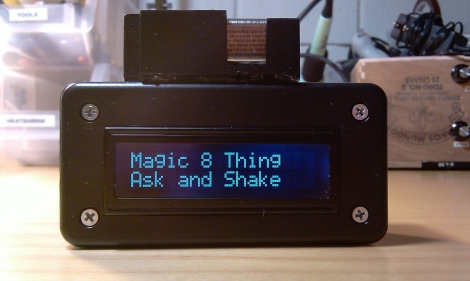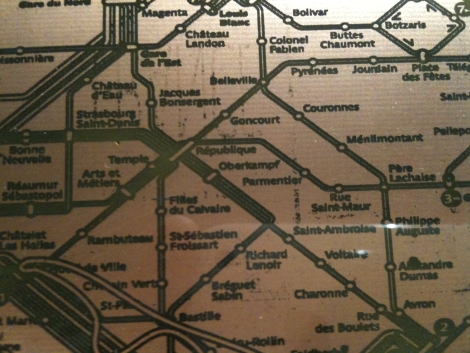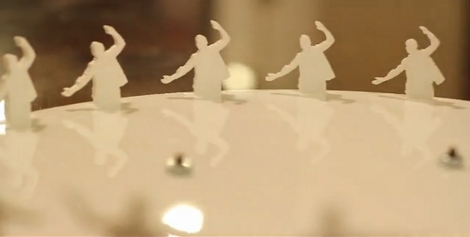
[Will Jack] built a heavy water fusion reactor and then won district and regional science fair projects with it. Someone give this man a job!
We looked in on his fusion reactor about a year ago. At the time he had managed to build a magnetic containment field but didn’t have the voltages or the deuterium necessary to achieve fusion. We’ll that’s all changed. Using a boron-10 lined sensor tube he’s managed to detect the rise in neutron counts that would indicate fusion. Remarkable. He’s now working on a refined gas system that will allow him to increase the deuterium purity by cutting down on the leak rate. He mentions a few other hardware improvements such as a new containment unit and an ion source upgrade. Both of these concepts go beyond our knowledge so do make sure to put on your Nuclear Engineering hat while reading through his project update.
















